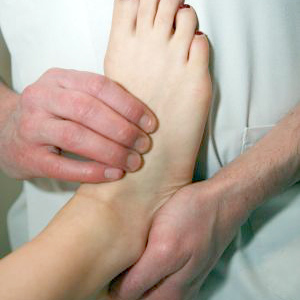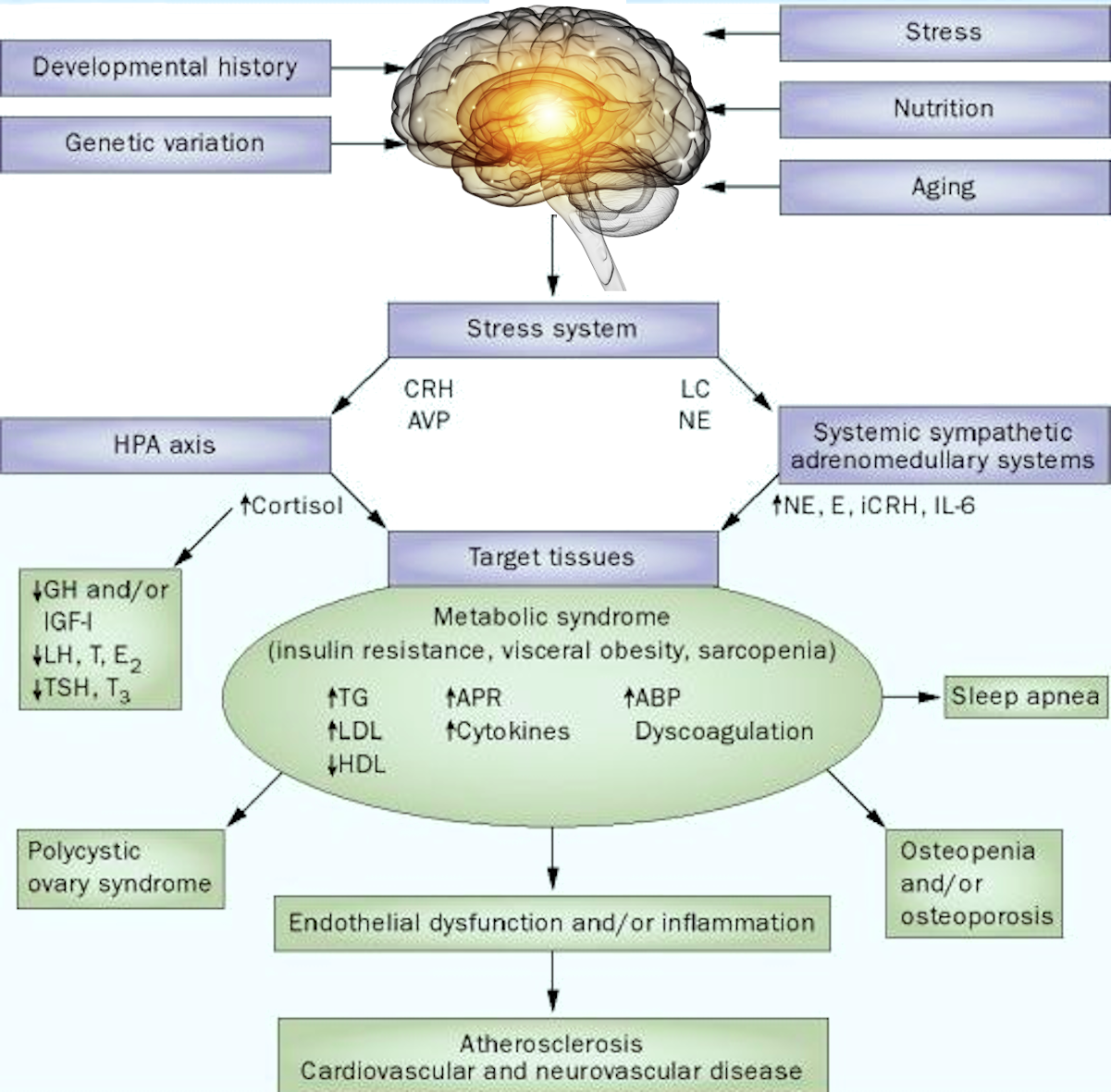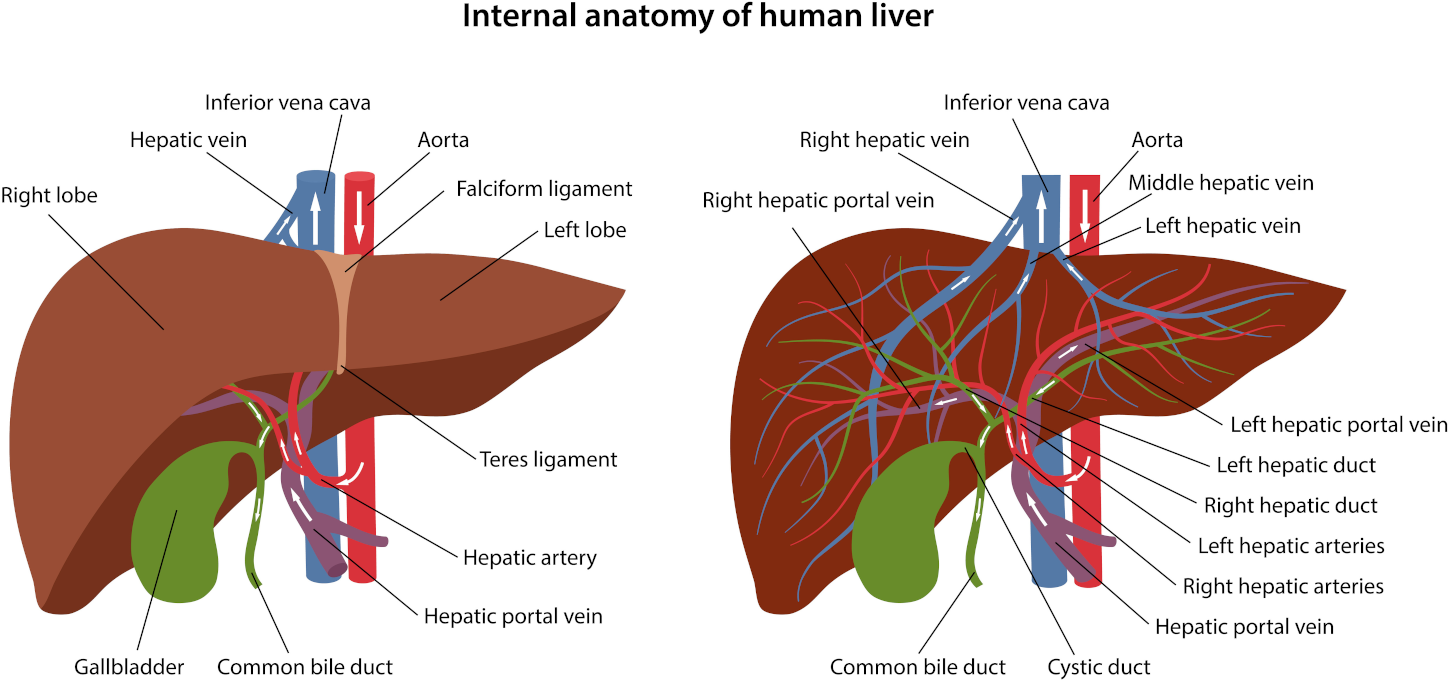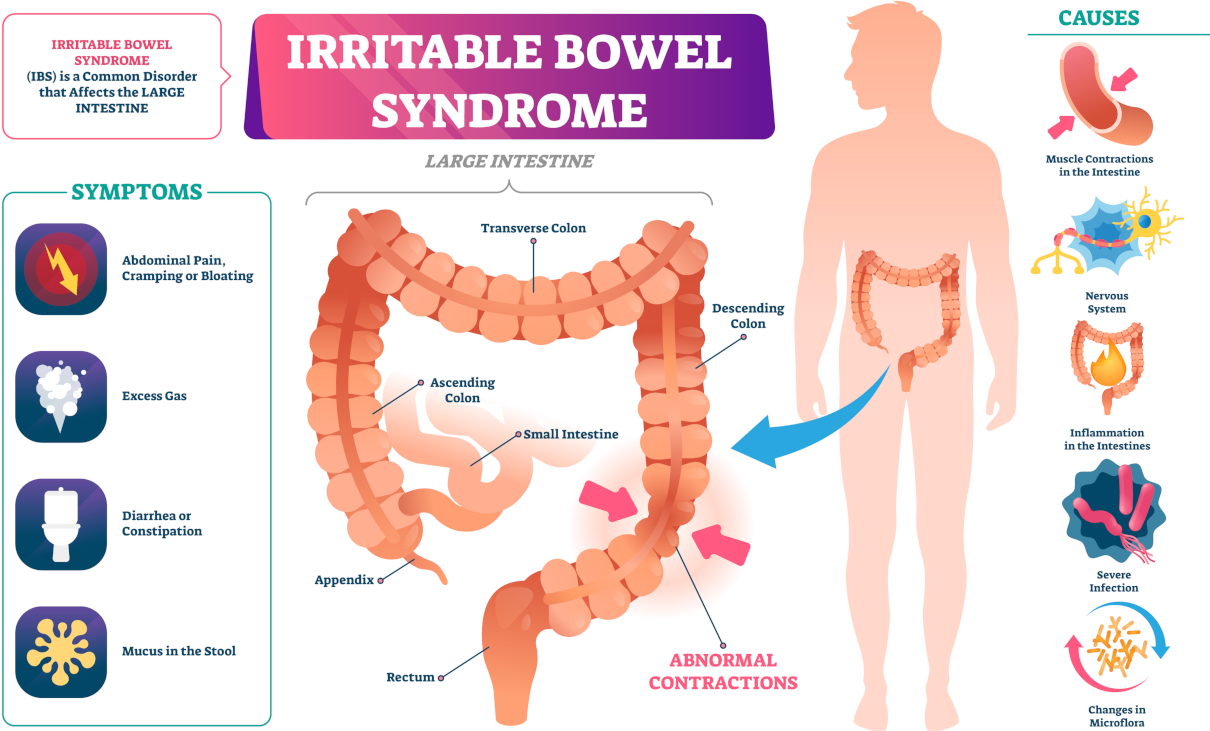
Osteopathy is a holistic approach to treating a wide range of aches, pains and stiffness anywhere in the body.
Osteopathy assesses the patient from a mechanical, functional, and postural standpoint. The practitioner uses a highly evolved sense of touch to investigate the underlying causes of pain. He also determines tension and restrictions in the body and details the patient’s history. Thus, it can help establish a diagnosis. Meanwhile, osteopathic treatment aims to reduce tension and restrictions, restore balance, and reduce symptoms of pain or stiffness.
Osteopaths achieve this through a noninvasive, hands-on approach. They also use muscle and soft tissue stretching, rhythmic joint movement, and manipulation techniques. These help improve the range of motion or reduce tension in a muscle.

Initial osteopathic treatment and consultation
Find relief and restore balance with osteopathy at Parkland Natural Health. Initial osteopathic treatment with Gilly Arbuckle aims to reduce tension and restrictions, regain balance, and reduce pain or stiffness symptoms. The appointment includes a consultation and lasts forty minutes.
Symptoms
Symptoms can result from a previous injury, a childhood condition, poor posture, injury, ageing, poor health, stress, and tension. So, the osteopath observes asymmetry, misalignment, and tension in the patient and uses this information to help restore proper function during treatment. Osteopathy concerns treating the underlying or predisposing factors attributed to the patient’s symptoms.
A basic osteopathic principle is that the body can heal itself. Therefore, the osteopath aims to help restore proper structure through soft tissue massage, mobilisations, joint manipulations, and other techniques. Restoring good structure helps return the body to normal function, reducing symptoms.

Follow up osteopathic treatment
Continue your healing with personalised follow-up osteopathic treatment. Expert assessment, hands-on care, and tailored advice help relieve pain, restore balance, and enhance mobility. Book your session now for lasting results.
Osteopathic treatment
Our osteopath treats each patient individually and provides the best possible care. He creates a personalised treatment plan containing short-, medium—and long-term management strategies, such as exercises and general lifestyle advice.
On average, 2 or 3 treatments are all that some patients may need. Just one treatment can give complete relief. The number of sessions depends on the individual, the type of problem, and how long they have had it.
The General Osteopathic Council regulates osteopaths undergoing rigorous training and Continued Professional Development.











